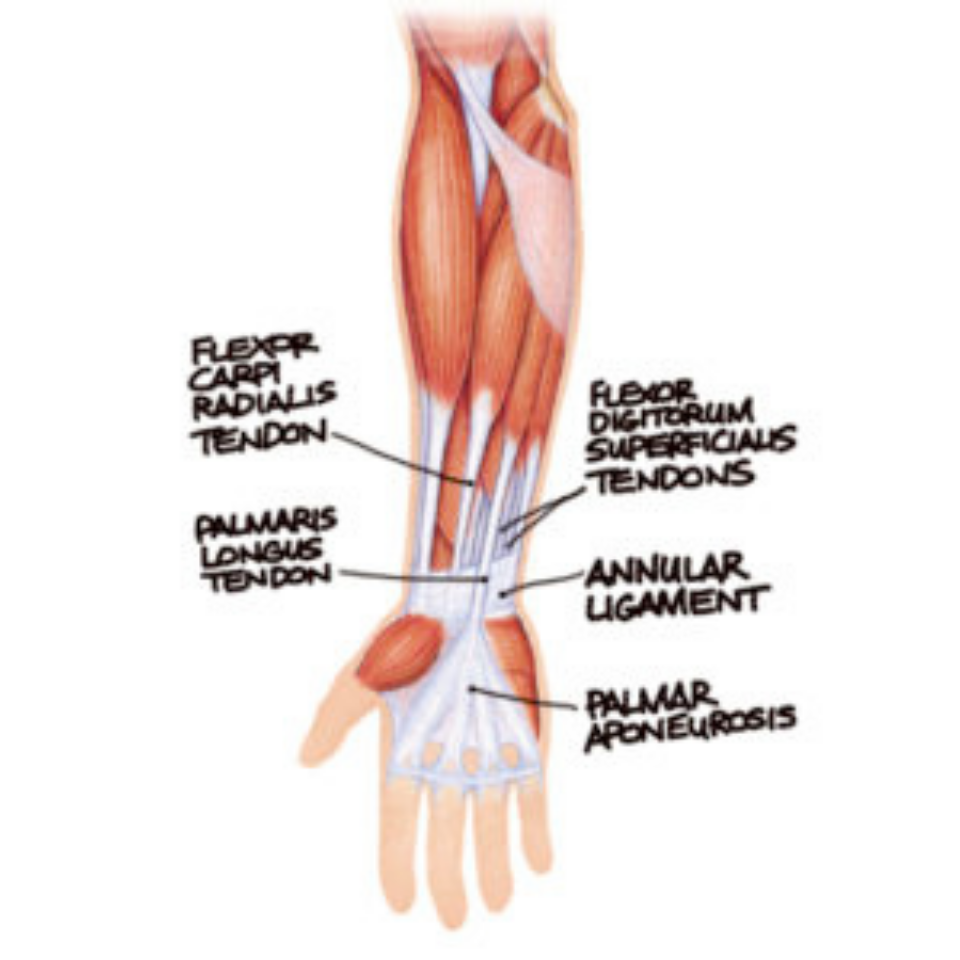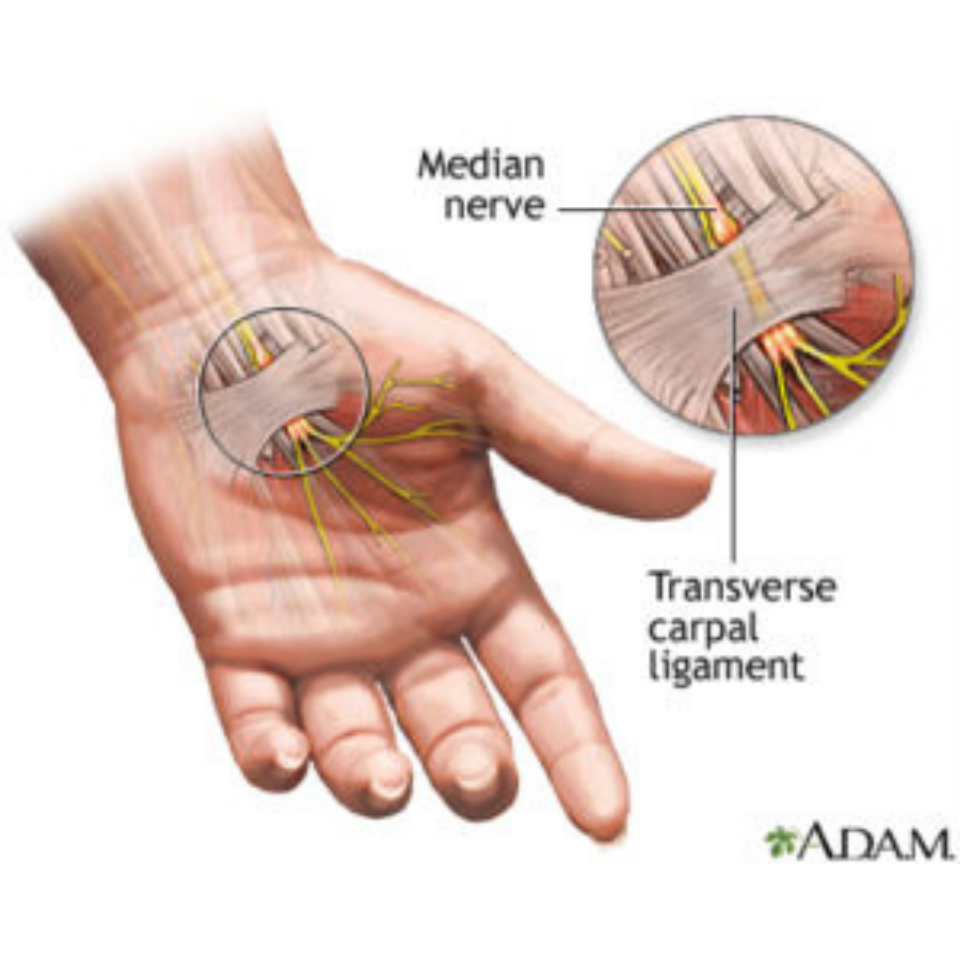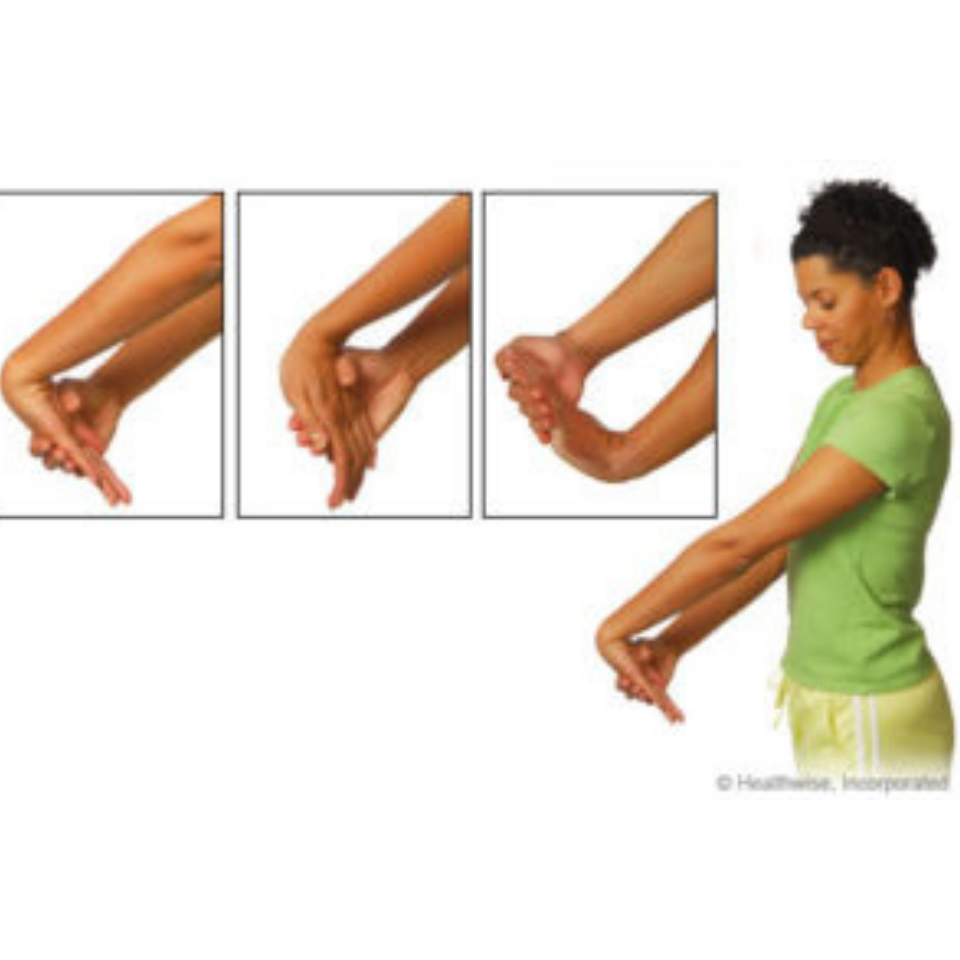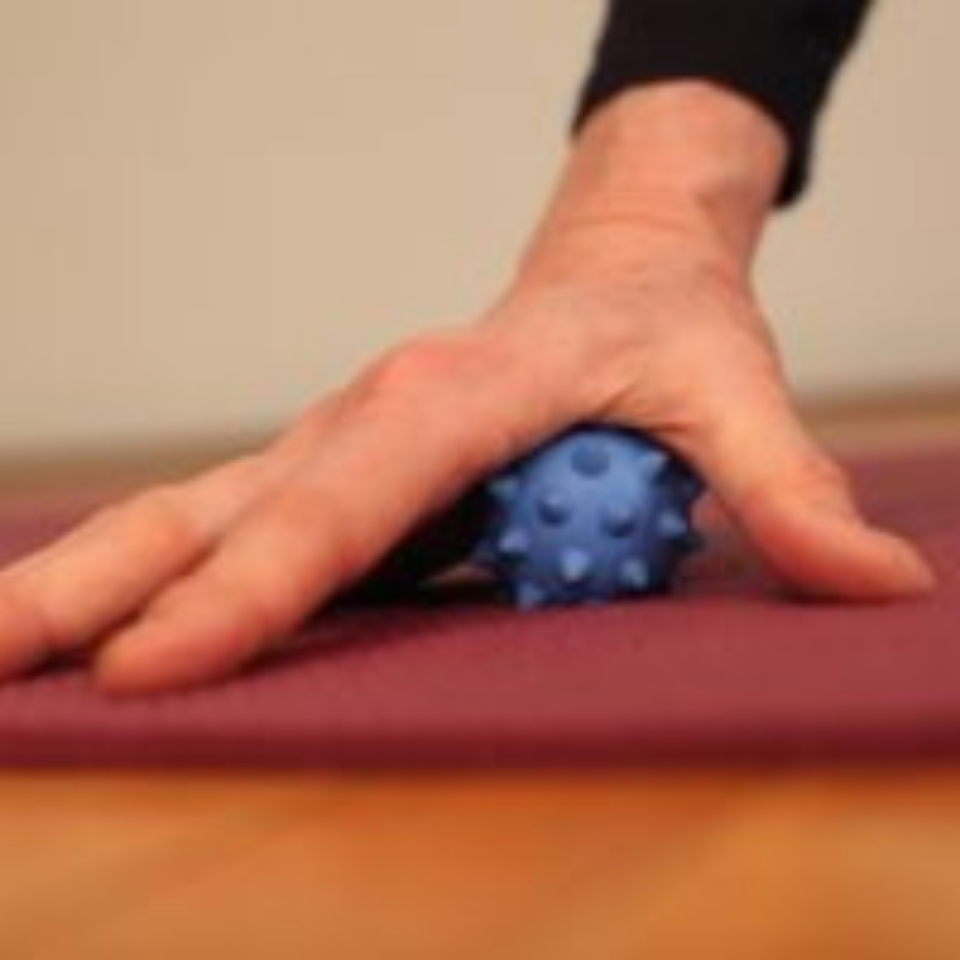4 Ways to Protect Hands and Wrists in Yoga

Article At A Glance
In yoga, our hands often take on an extraordinary role, bearing the weight of our entire body in many poses. But our hands aren’t feet! Neglecting to prepare our wrists for this unique challenge can lead to injury and ultimately lead to more pain than gain from our yoga practice. So, let’s dive into crucial information and practice tips to promote pre-yoga wrist TLC and prevent injury here.
Human hands have many skills: using tools, typing, playing musical instruments, giving massages, or using sign language, to name a few. However, in many yoga poses, we make a special demand of our hands, expecting them to function like feet, holding all or most of the body’s weight. But our hands are not feet. So, we need to learn how to protect our hands and wrists when we practice yoga.
Examples of these poses include Downward-Facing Dog Pose (Adho Mukha Svanasana), Upward-Facing Dog Pose (Urdhva Mukha Svanasana), Plank Pose (Phalakasana), Handstand Pose (Adho Mukha Vrksasana), and all the “bird poses” where we balance on our hands. Yet we don’t always prepare the wrists for this special demand, and injury can result. Looking at the structure of our wrists can help you understand why some preparation is important.
The Anatomy of Our Hands and Wrists
The wrist is made up of eight small bones, which form the transition between the two large bones of the lower arm (the radius and ulna) and the long bones of the palms (the metacarpals).


When we use our hands to bear our body weight as if they were feet, the wrists are in the extreme position of extension, as in the gesture when you extend your hand forward to say “stop.” This puts extreme pressure on those eight small bones and the soft tissue around them. Without adequate preparation for flexibility and strength in the mechanics of the arms as a whole, chronic or acute injury may result.
One particular location to be aware of is the carpal tunnel in the wrist area.  This is the structure formed by the carpal bones, which are arranged like a curved roof over a tunnel, whose floor is a broad connective structure called the flexor retinaculum, which is also known as the carpal ligament. When we put excessive pressure on the wrist in yoga poses, and the surrounding area is tight or misaligned, the pressure irritates the median nerve inside the tunnel, causing pain, numbness, or dysfunction in the hand.
This is the structure formed by the carpal bones, which are arranged like a curved roof over a tunnel, whose floor is a broad connective structure called the flexor retinaculum, which is also known as the carpal ligament. When we put excessive pressure on the wrist in yoga poses, and the surrounding area is tight or misaligned, the pressure irritates the median nerve inside the tunnel, causing pain, numbness, or dysfunction in the hand.
4 Ways to Protect Hands and Wrists
There are four good ways to avoid this danger that I’ll be covering in this post:
- Loosen the soft tissues of the hands and forearms so there is enough range of motion in the wrists.
- Press down with the fingers to effectively take some of the weight off the wrists.
- Use supportive pads.
- Maintain good shoulder alignment.
How to Protect Your Hands and Wrists for Your Yoga Practice
1. Loosen the Soft Tissues of the Hands and Forearms
There are many small muscles of the hands that we use to grasp objects, which are protected by a strong band of connective tissue that in itself can be restrictive. Hands that are strong for grasping may not be able to spread enough to support us in yoga poses. Specific stretching and massage will help to prepare the hands by loosening this soft tissue. Here are examples of some wrist stretches and of massage of the hand with a rubber ball:



2. Press Down with Your Fingers
When we press the fingers down—all the way to the tips—we transfer weight forward on the hands and reduce the amount of weight on the wrists. Try it right now at your desk: press your fingers down and feel your palms and wrists begin to lift. You can experiment to determine the right amount of this action for you. Use this image with the green and yellow dots as a guide:
3. Use Supportive Pads
You can buy foam wedges to bring the weight forward on the fingers, but I prefer this: Cut up an old sticky mat to make a small roll, as shown here with the pencil as a size comparison. Place that roll under the center of your wrist, pointing it toward and away from your fingertips. It will take pressure off the carpal tunnel and encourage small muscles in your hands to do their work. It’s best to use one under each hand for symmetry, even if only one wrist needs it.
Place that roll under the center of your wrist, pointing it toward and away from your fingertips. It will take pressure off the carpal tunnel and encourage small muscles in your hands to do their work. It’s best to use one under each hand for symmetry, even if only one wrist needs it.
4. Align Your Shoulders
Shoulder alignment can make a difference as well. Shoulders that are rounded forward put more weight into the hands. To help support and protect your wrists when your hands are bearing your weight, draw your shoulder blades in toward your spine and away from your head. This upper back strength will not only help prevent wrist strain but will support your upper spine and your breathing. And it will also lift your spirits!
Also, read...
Carpal Tunnel Syndrome: A Yoga Sequence to Soothe Sore Wrists
Apr 03 – Kathryn Boland, R-CYT, R-DMT
Yoga for Wrist Pain: How to Stretch, Strengthen and Protect Your Wrists
Sep 06 – By: Christine Malossi, RYT 200
Upward Plank Pose: Wrist-Saving Variations
Jun 23 – Bridget Frederick, eRYT 500
Related courses
Reprinted with permission from Yoga for Times of Change.

 Ellen Saltonstall (E-RYT 500, C-IAYT)is a yoga instructor and body therapist based in New York with extensive training in the Iyengar and Anusara methods. She has been a practitioner of yoga and meditation for over 40 years. She teaches Bodymind Ballwork, a method of self-massage using rubber balls which she developed. She co-authored Yoga for Arthritis, 2008, and Yoga for Osteoporosis, 2010 with Dr. Loren Fishman. She has published two other books: Anatomy & Yoga: A Guide for Teachers and Students (Abhyasa Press, 2016), and The Bodymind Ballwork Method: A Self-Directed Practice to Help You Move with Ease, Release Tension, and Relieve Chronic Pain (North Atlantic Books, 2018). She offers yoga therapy webinars through YogaUOnline.com, and she teaches nationally and internationally with a specialty in anatomy and therapeutics. She is known for her clarity and depth of knowledge, and her enthusiasm in encouraging students of all levels to find freedom and joy through yoga. Please visit her website at www.ellensaltonstall.com.
Ellen Saltonstall (E-RYT 500, C-IAYT)is a yoga instructor and body therapist based in New York with extensive training in the Iyengar and Anusara methods. She has been a practitioner of yoga and meditation for over 40 years. She teaches Bodymind Ballwork, a method of self-massage using rubber balls which she developed. She co-authored Yoga for Arthritis, 2008, and Yoga for Osteoporosis, 2010 with Dr. Loren Fishman. She has published two other books: Anatomy & Yoga: A Guide for Teachers and Students (Abhyasa Press, 2016), and The Bodymind Ballwork Method: A Self-Directed Practice to Help You Move with Ease, Release Tension, and Relieve Chronic Pain (North Atlantic Books, 2018). She offers yoga therapy webinars through YogaUOnline.com, and she teaches nationally and internationally with a specialty in anatomy and therapeutics. She is known for her clarity and depth of knowledge, and her enthusiasm in encouraging students of all levels to find freedom and joy through yoga. Please visit her website at www.ellensaltonstall.com.
Recent articles
Yes Men Can Have Pelvic Pain Too
Dec 23 – Dr. Jessica Reale, PT, DPT, WCS
Picture Perfect Posture: Tadasana (Mountain Pose)
Dec 22 – By: Eva Norlyk Smith, Ph.D. RYT-500
Tired, Achy Feet? Try These 6 Yoga Poses for Relief
Dec 22 – By: Jennifer Williams-Fields, E-RYT 200
Categories
Upcoming courses
Recent articles
Almost there...
Sorry, we couldn't find anything...
Yoga for Pelvic Floor Health
Yes Men Can Have Pelvic Pain Too
Confession: I treat men for pelvic floor problems—lots of them. Seriously, I think my…
Dec 23 – Dr. Jessica Reale, PT, DPT, WCS
Pose Library
Picture Perfect Posture: Tadasana (Mountain Pose)
Tadasana is also known as Mountain Pose. It is the most foundational of all…
Dec 22 – By: Eva Norlyk Smith, Ph.D. RYT-500
Chronic Pain
Tired, Achy Feet? Try These 6 Yoga Poses for Relief
Why is yoga so beneficial for the feet? Whether it’s a night on the…
Dec 22 – By: Jennifer Williams-Fields, E-RYT 200




